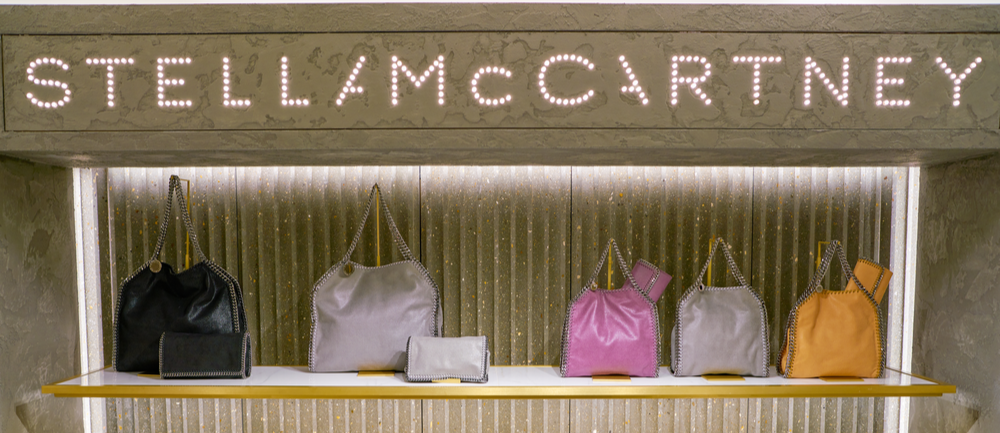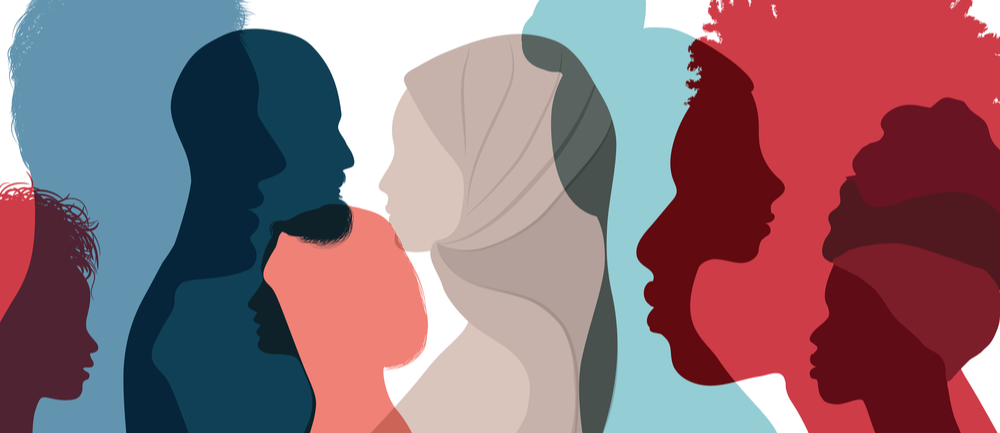-
Provided by

- Date published: Dec 22, 2021
- Categories
At Stella McCartney’s London headquarters, events of 2020 including the George Floyd murder and the subsequent BLM demonstrations provided a drastic call to action for the organisation.
The company set about reviewing its diversity, equity and inclusion strategy, ensuring that the short, medium and long-term actions were going to create genuine change for the company and wider industry.
The company already had great communication tools, like Workplace from Facebook. In Peakon, it had an engagement tool which created a continual feedback loop and allowed HR leaders to ask really relevant questions around belonging and inclusion.
However, the people leaders wanted to go further. They wanted to create a forum for colleagues to discuss how they really felt about the protests and what issues those protests were raising.
So the people team set up a forum known as the Culture Board. It’s a group of people from around the world which meets once a month via Zoom. The Board works to a three-year diversity and inclusion strategy, defined by the company’s head of inclusion, and is sponsored by several of the senior leadership team.
Members have freedom to set their own agenda, and make decisions without always needing the go ahead of senior management (for example, its members recently decided to split into three sub groups to better impact different action streams both inside and outside the organisation). Budget has been set aside for external thought leaders and influencers to discuss the issues that the board deems relevant, and provide workshops, talks and wisdom to educate the forum’s own members. Reverse-mentoring is the ultimate aim.
The group was originally created with a call to action advert, posted on Workplace. Volunteers were then asked to explain why they wanted to be part of the initiative and create a group of truly passionate and driven set of people. The advert resulted in an initial outreach of 15 people, drawn from all different departments and from around the world. However this first intake wasn’t wholly representative of the company, so further recruits have been added along the way.
At the time of going to press, Stella McCartney’s people leaders are still working on collecting data and asking colleagues to provide more details about themselves and their background. Going forward, this will ensure the leads create the right strategy, and focus on the right actions.
New troves of data
However, the data has already provided several intriguing insights.
Although Stella McCartney’s offices and retail locations are concentrated in a handful of global fashion hubs such as London, New York and Milan, the teams are genuinely global; at the time of writing, Stella McCartney employs 62 different nationalities. And, as a fashion house, it has never had a problem with the gender skews that affect other industries. In fact 55% of top decision-makers and 70% of individual managers are female.
Now the HR leaders want to go further, not only taking concrete action but inspiring every person to be accountable for their everyday actions. Rather than pursuing specific targets (although they may do this in the future, once more than 85% of employees’ personal data has been received) the overarching base-line goal is to create an organisation that reflects the societies in which it operates, one that includes all backgrounds so that all company decisions reflect the benefits of diversity.

For future talent acquisition, the plan is to visit schools, engage wider communities and create future talent pools that are more diverse. To let young students know that fashion isn’t just for design and creative jobs; the industry is open to everyone, with all the roles and departments that any other industry offers. You don’t have to be a designer; finance and IT employees play an equally crucial role in driving the future success of the business.
Ultimately, it’s about changing outdated perceptions of the industry; that is too exclusive, that the bar is so high there’s no point applying. Through its outreach programme, Stella McCartney wants to ensure every potential hire feels encouraged to apply.
The company is already introducing blind CVs in several countries and hiring managers now insist on a diverse talent pools. Contracts specifically state the need for diversity when working with external partners, with an even gender division and proper representation for all marginalised communities. And every applicant is now asked to enter information on their background via Workday, so the people teams can build a picture of where their talent is coming from and ensure they are flexing their strategy as more analytics are available.

A glossary of inclusion
At the same time, steps are being taken to create an even more inclusive environment for those who have already been hired. Central to this approach is the new inclusion glossary, a compendium of the language and words relating to diversity and inclusion and what these words mean.
What does it mean to be an ally, for example? What is gas-lighting, and why is it such an issue? By defining these words and sparking conversation around them, Stella McCartney wants to give its people licence to discuss diversity and inclusion, even if it is uncomfortable, and create a common understanding of what this agenda means.
The document is posted regularly on internal communication channels, in the hope that people will use it as a working document. As the diversity agenda evolves, so the document will be tweaked and augmented. The glossary is intended as a basis for behavioural change, moving from conversation to action. But first, the people leads want everyone to be able to critically examine their own reality, and feel involved in improvements.
As part of this same holistic approach to inclusion, virtual mental health sessions are available for all staff, provided by Self Space, a team of therapists based in London; the service is available in multiple languages, so the online sessions are offered globally. And the training programme has been ramped up; Stella McCartney has already provided harassment training in the U.S., but now they’re going further. It’s not about unconscious bias anymore, it’s about conscious inclusion – the actions each individual needs to take every single day to help create a more open environment.

Green shoots
As yet, it’s too early to say how effective the diversity programme has been. The people leads are still compiling stats around the effectiveness of their hiring, training and culture-building activities. The more data they collect, the more accurate the picture will become.
However, the long-term goal remains the same: to ensure that Stella McCartney is the most diverse and inclusive fashion brand, where all voices are heard and where employees represent the diversity of society around them. A company that is as representative as a carriage on the London Underground or New York Subway, a place where all ages, all backgrounds and all genders are represented on every team.
Those who are predisposed to be cynical about the fashion industry may dismiss all this positive talk. They will suggest this is just a fad, a way to sell products like the gender-inclusive clothing line. However, Stella McCartney is clear: this is a vision for the long-term and there will be no shortcuts..
Stella McCartney has already led the fashion world in its approach to animal welfare and the environment. Now, it is gearing up to break the mould all over again.
